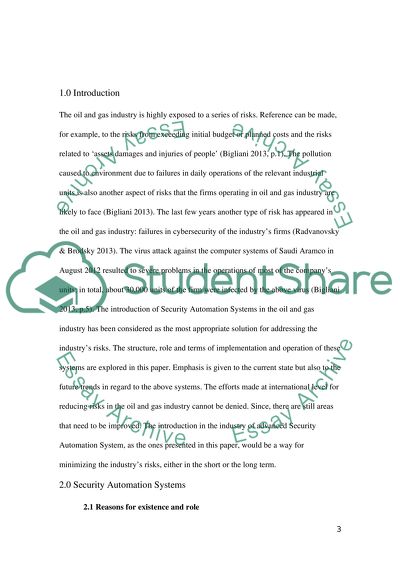Cite this document
(“Security automation in oil and gas companies Research Paper”, n.d.)
Security automation in oil and gas companies Research Paper. Retrieved from https://studentshare.org/information-technology/1650359-security-automation-in-oil-and-gas-companies
Security automation in oil and gas companies Research Paper. Retrieved from https://studentshare.org/information-technology/1650359-security-automation-in-oil-and-gas-companies
(Security Automation in Oil and Gas Companies Research Paper)
Security Automation in Oil and Gas Companies Research Paper. https://studentshare.org/information-technology/1650359-security-automation-in-oil-and-gas-companies.
Security Automation in Oil and Gas Companies Research Paper. https://studentshare.org/information-technology/1650359-security-automation-in-oil-and-gas-companies.
“Security Automation in Oil and Gas Companies Research Paper”, n.d. https://studentshare.org/information-technology/1650359-security-automation-in-oil-and-gas-companies.


